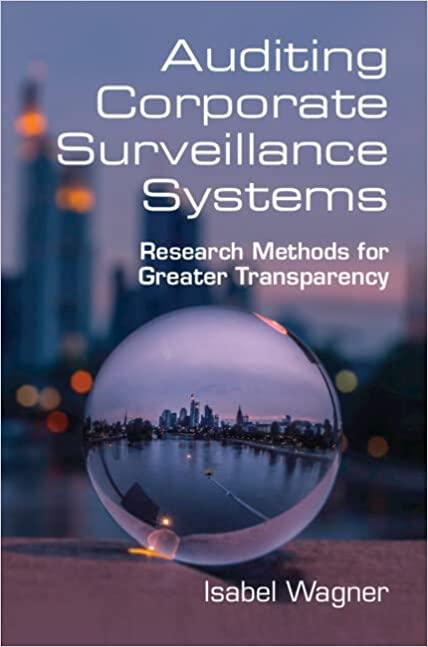The following table summarizes the operating results for Bene Petit's first year of operations: Additional information about selling prices, variable costs, and fixed costs is summarized below: - The average sales price for customer meals is $5 per serving. - The average direct materials (ingredients) cost of customer meals is $1 per serving. - Direct labor costs average $0.75 per customer meal. - Variable manufacturing overhead costs are applied at a rate equal to 60% of direct labor. - The delivery expense for customer meals is $2 per customer order. - The incremental cost of producing the donated meals is $1.25 per meal. - The delivery expense for donated meals is $125 per delivery to community partners. - The following fixed costs are allocated to customer meals based on total sales revenue: Fixed manufacturing overhead costs are $75,000 per year. - Fixed selling expenses are $29,000 per year. - Fixed administrative expenses are $40,000 per year. The attached excel file shows a contribution margin income statement based on these starting assumptions. You should return to this starting spreadsheet for each part of the case below. Part 3 CVP Analysis, (starting data) xisx - Variable delivery expenses for fucl and diver wages are \$2 per customer order. - Fixed delivery expenses for insurance and maintenance on delivery trucks are currently $12,000 per year - To expand delivery capacity beyond 7,500 deliveries per yeat, Bene Petit would need to invest in additional deivery trucks, Which would increase fixsd delivery expenses to $30,000 per year. This would provide the copocity to make up to i5,000 delivenes per yeot - The contract rate for third party logistics providers such as UPS and FedEx is $5 per delivery. Use the Tableau dashboard below to answer the questions. a. At the current volume of 5,000 orders per year, what are the incremental savings from insourcing or outsourcing? b. If Bene Petit expects demand to stabilize at about 8,000 orders per year, what will the incremental savings from insourcing or outsourcing be? c. If Bene Petit expects demand to increase beyond 8,000 orders per year, at what point will they be indifferent toward insourcing versus outsourcing? d. If Bene Petit expects to sell 13.000 orders per year, what will the incremental savings from insourcing or outsourcing be? The following table summarizes the operating results for Bene Petit's first year of operations: Additional information about selling prices, variable costs, and fixed costs is summarized below: - The average sales price for customer meals is $5 per serving. - The average direct materials (ingredients) cost of customer meals is $1 per serving. - Direct labor costs average $0.75 per customer meal. - Variable manufacturing overhead costs are applied at a rate equal to 60% of direct labor. - The delivery expense for customer meals is $2 per customer order. - The incremental cost of producing the donated meals is $1.25 per meal. - The delivery expense for donated meals is $125 per delivery to community partners. - The following fixed costs are allocated to customer meals based on total sales revenue: Fixed manufacturing overhead costs are $75,000 per year. - Fixed selling expenses are $29,000 per year. - Fixed administrative expenses are $40,000 per year. The attached excel file shows a contribution margin income statement based on these starting assumptions. You should return to this starting spreadsheet for each part of the case below. Part 3 CVP Analysis, (starting data) xisx - Variable delivery expenses for fucl and diver wages are \$2 per customer order. - Fixed delivery expenses for insurance and maintenance on delivery trucks are currently $12,000 per year - To expand delivery capacity beyond 7,500 deliveries per yeat, Bene Petit would need to invest in additional deivery trucks, Which would increase fixsd delivery expenses to $30,000 per year. This would provide the copocity to make up to i5,000 delivenes per yeot - The contract rate for third party logistics providers such as UPS and FedEx is $5 per delivery. Use the Tableau dashboard below to answer the questions. a. At the current volume of 5,000 orders per year, what are the incremental savings from insourcing or outsourcing? b. If Bene Petit expects demand to stabilize at about 8,000 orders per year, what will the incremental savings from insourcing or outsourcing be? c. If Bene Petit expects demand to increase beyond 8,000 orders per year, at what point will they be indifferent toward insourcing versus outsourcing? d. If Bene Petit expects to sell 13.000 orders per year, what will the incremental savings from insourcing or outsourcing be












